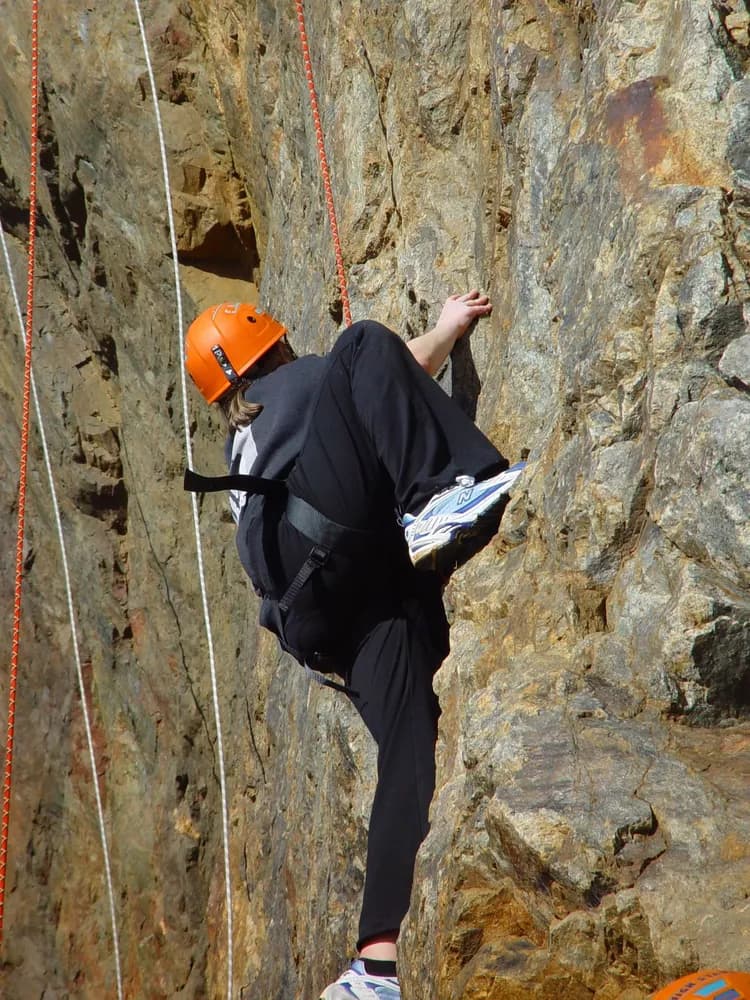
Into More Thin Air: Exploring The Adaptation Extremes Of Human High Altitude Sickness And Fitness
Many research groups have recently explored human adaptation and successfully identified candidate genes to high altitude living among three major far-flung global populations: Tibetans, Ethiopians and Peruvians.
But few have simultaneously explored the other extreme -- maladaptation -- -in the form of chronic mountain sickness (CMS), also known as Monge's disease, which is characterized by the production of an excessive number of red blood cells.
Now, in the largest whole genome study of its kind, an international research team led by University of California San Diego's Chairman of Pediatrics, Dr. Gabriel Haddad, has expanded on their recent study of understanding both adaptation extremes in a Peruvian population. "CMS incidence is highest in Andeans (~18%), lesser in Tibetans (1-11%), and yet, completely absent from the Ethiopian populations, further mystifying this disease pathogenesis," said Haddad. "Therefore, a clear understanding of its pathophysiology would be beneficial to the large high-altitude populations at risk of developing this syndrome. It would also provide insights in understanding many disease pathophysiologies where hypoxia plays a major role, at sea level, e.g., stroke, cardiac ischemia, obstructive sleep apnea, sickle cell disease."
A total of 94 individuals equally divided into CMS and non-CMS subjects participated in the study. They hailed from Cerro de Pasco, one of the largest, high elevation settlements in the world (more than 50,000 people living at greater than 14,000 feet (4300 meters), high up in the Andes.
Next, using available genetic tools and a new custom algorithm, the researchers sifted through the genomes to identify and categorize all of the favored mutations from the Peruvians. Overall, they identified 11 regions containing 38 genes that were of statistical significance. Nine of these genes were also tested in hypoxia experiments to validate their functional role using the research lab model organism, the fruit fly Drosophila melanogaster.
"In this study, we present the results of an expanded whole genome sequence analysis of CMS and non-CMS subjects and identify additional candidate regions that are under positive selection," said Haddad. "Indeed, the larger sample size, the robust selection methods, and the use of a novel statistical test for prioritization all allowed us to uncover novel genes involved in HA adaptation. Additionally, using Drosophila as a model organism, we found that certain candidate genes, when downregulated in Drosophila, induced more tolerance to hypoxia than controls."
Intriguingly, the majority of the mutations were found in noncoding regions of the genome that may be playing an important regulatory role in finely tuning the levels of gene expression.
"We suspect that this molecular adaptation allows for more genetic flexibility, that plausibly regulates transcript abundance, adjusting with the physiological responses to environmental challenges such as hypoxia," said Haddad.
The results of the study will contribute significantly to the multi-factorial genetic understanding of high-altitude adaptation and the physiology of hypoxia. In addition, the researchers' new algorithm can be adapted to further the other studies trying to identify the genomic hallmarks of human adaptation.
Materials provided by Molecular Biology and Evolution (Oxford University Press). Note: Content may be edited for style and length.
Disclaimer: DoveMed is not responsible for the accuracy of the adapted version of news releases posted to DoveMed by contributing universities and institutions.
References:
Tsering Stobdan, Ali Akbari, Priti Azad, Dan Zhou, Orit Poulsen, Otto Appenzeller, Gustavo F Gonzales, Amalio Telenti, Emily H. M. Wong, Shubham Saini, Ewen F. Kirkness, J. Craig Venter, Vineet Bafna, Gabriel G. Haddad. (2017). New insights into the genetic basis of Monge's disease and adaptation to high-altitude. Molecular Biology and Evolution. DOI: 10.1093/molbev/msx239
Related Articles
Test Your Knowledge
Asked by users
Related Centers
Related Specialties
Related Physicians
Related Procedures
Related Resources
Join DoveHubs
and connect with fellow professionals

0 Comments
Please log in to post a comment.